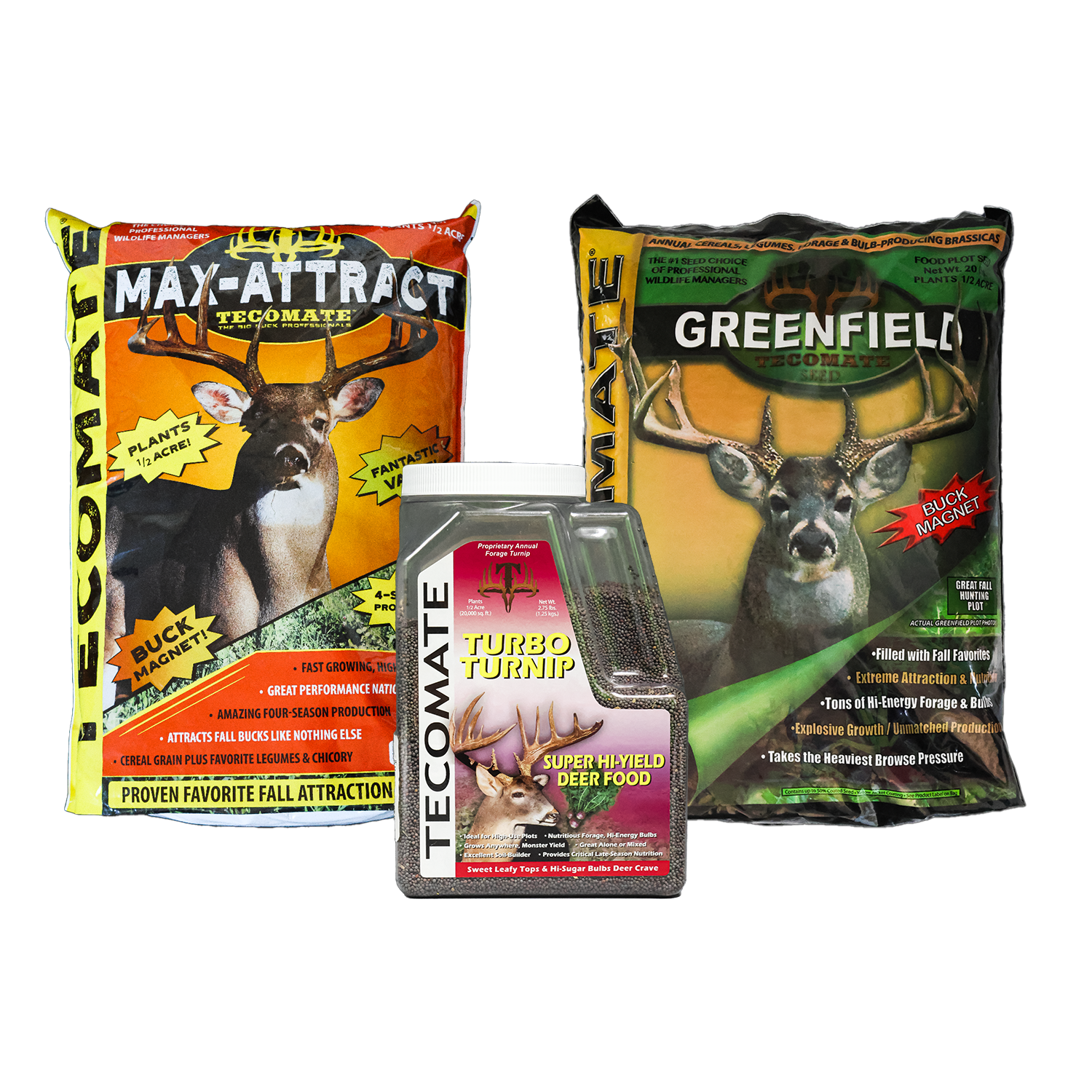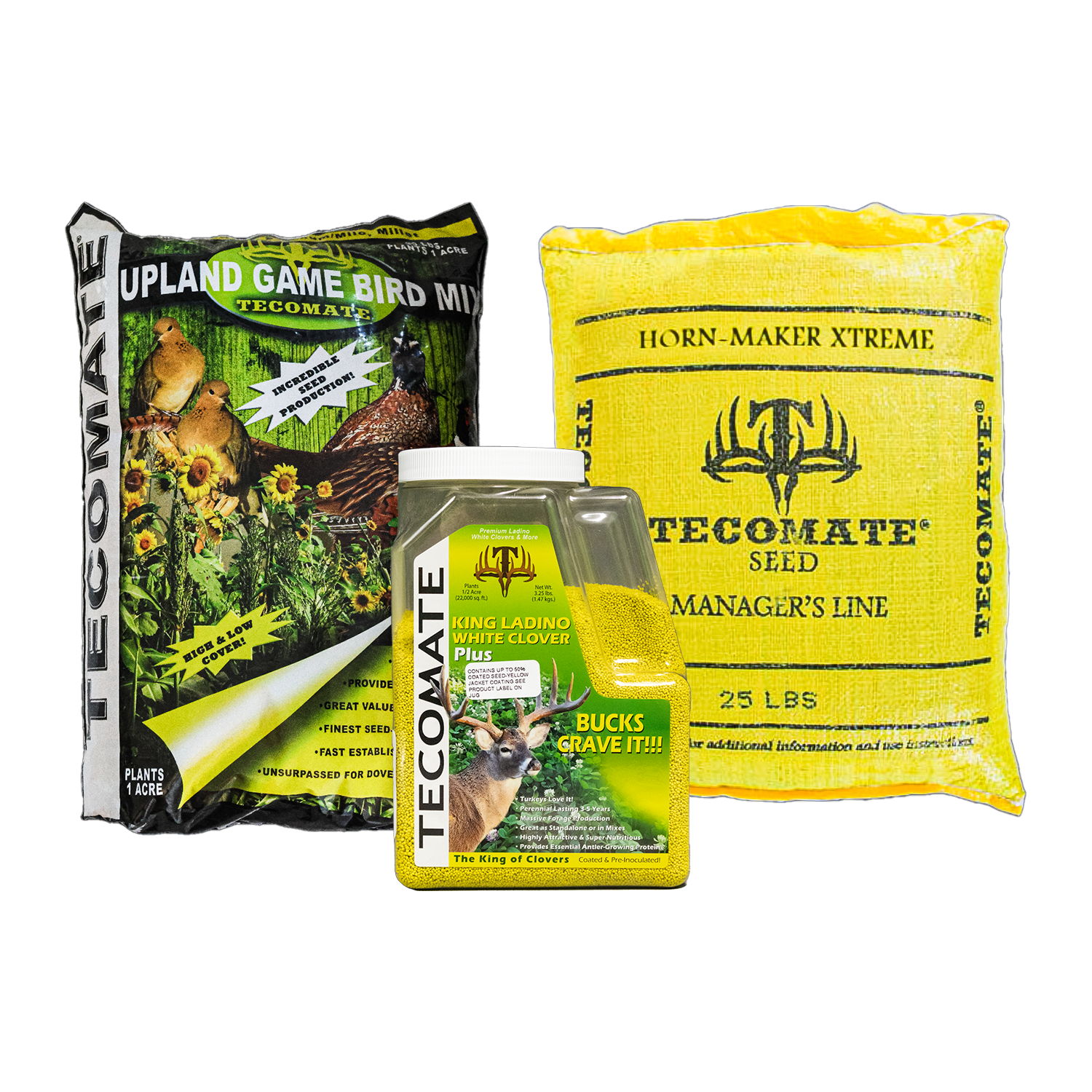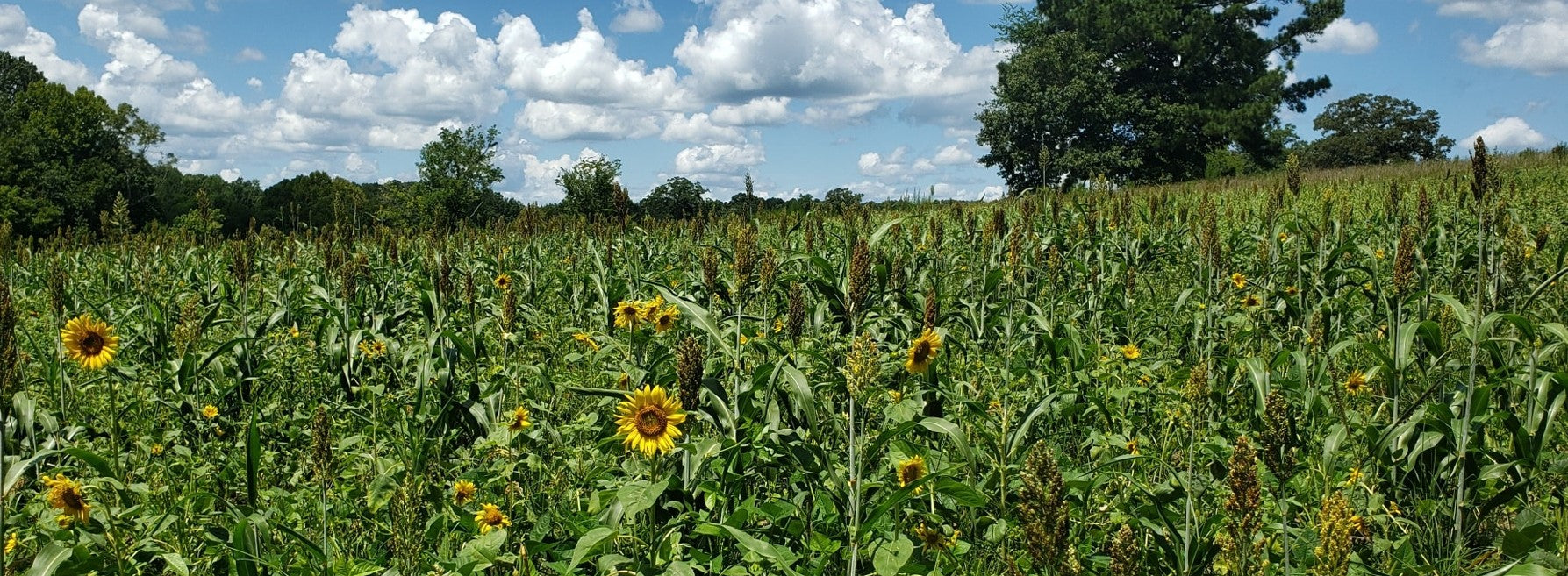Understanding Deer Talk
I was seven years old, squirrel hunting on my grandfather’s land in north-central Iowa when I heard my first white-tailed deer snort. I had just entered a small woodlot and was searching the treetops looking for a bushy tail. All of a sudden I heard a loud snort, startling me and causing me to take a step backwards. Instinctively, I shouldered my .22 rifle and looked for the source of the strange sound. I was surprised to see two does staring back at me from the next ridge. Just as I saw them, they turned, flagged their white tails and bounded up and over the ridge.
Why do white-tailed deer snort and flag their tails? Do does flag their tails or snort more often than bucks? Can does identify their fawns by sound alone? What are the social functions of the different deer vocalizations? These are just some of the questions scientists have tried to answer in their pursuits toward deciphering the many different vocalizations and forms of communication made by deer.
Whitetails are social animals. Except for the breeding and fawning seasons, they live in either closely related family groups of does and their fawns, or in bachelor groups of randomly related bucks. Within these two groups, deer use a variety of vocalizations, body language, and chemical signals to communicate with one another.
ALARM AND DISTRESS CALLS
Snort. The snort, the same sound I heard, as a boy squirrel hunting, is the most recognized of the whitetail’s many vocalizations. The snort is not actually a call, but a sound that results from the vibration of air being forcibly passed through the nasal passages. Two types of snorts are produced by whitetails, each one under a different situation. The first type of snort given by deer startled at close range is a single, very short, explosive snort at the moment they begin their escape. The second type of snort occurs much more often and is given by a deer when it detects danger at a relatively safe distance. Often, the deer is out of sight from the intruder. This second type involves a series of slightly longer snorts. Snorting happens often in does because group members are more likely to be related. Buck groups, more often than not, are made-up of unrelated individuals. Therefore, does are more likely to snort because this increases their own evolutionary “fitness” by increasing survival of their relatives, the other members of the family group. Bucks snort less frequently because there is no evolutionary benefit behind warning non-related competitors of potential danger. In fact, bucks often behave in a selfish manner to lower the “fitness” of their competitors by not snorting and instead, slipping away quietly.
Tail Flagging. David Hirth and Dale McCullough, two University of Michigan researchers, studied alarm signals in white-tailed deer to determine the evolutionary reasons why whitetails snort and flag their tails.
After two years, they had data on 223 doe groups and 109 buck groups. They found that tail flagging occurred in buck groups (91% of the time) as often as it did in doe groups (95% of the time). In other words, does were no more likely to flag their tails than bucks. Interestingly however, they found that members of doe groups (38% of the time) were much more likely to snort than members of buck groups (only 11% of the time).
Tail flagging is done to keep the group together in response to a predator. In contrast, snorts actually serve to alert other related members of the group of potential danger.
Bawl. The bawl is an intense and continuous alarm call given by deer only when they are in extreme distress, such as when injured or physically restrained, or when badly frightened. Deer of all ages may bawl, but the pitch decreases, as deer grow older. The bawl is thought to provide directional information to other deer and is used by hunters to attract coyotes.
AGGRESSIVE CALLS
The three types of aggressive calls all first involve a low, guttural grunt. As the intensity of the encounter increases, other sounds are added to this basic grunt.
Low grunt. The lowest-intensity aggressive call is the low grunt, which occurs as a single grunt and without any additional elements. This short duration call is given by both bucks and does and at all times of the year. A dominant deer to show aggression toward other deer often uses the low grunt. This call is the most frequently used aggressive-type call in does. If a subordinate doe does not show submissiveness when a dominant doe low grunts, the dominant doe will often rush and kick the subordinate with a foreleg.
Grunt-snort. In more intense encounters, one to four short, rapid snorts are added after the low grunt call. The low grunt occurs most often during the rut when a dominant buck encounters a subordinate buck. The dominant buck may further intimidate the subordinate by laying his ears back, threatening with his antlers, or by walking sideways toward the lesser buck. Does also occasionally give this call.
Grunt-snort-wheeze. The grunt-snort-wheeze consists of the grunt-snort coupled with a drawn-out expulsion of air through pinched, nostrils. This call is only produced by bucks and primarily during the rut. The grunt-snort-wheeze is the most threatening sound produced by bucks and often precedes a dominance fight.
DOE AND FAWN COMMUNICATION CALLS
Maternal grunt. The maternal grunt is a low-intensity grunt that can be heard for only a short distance. The doe gives this short duration call intermittently while she is approaching her fawn’s bedding area. The fawn responds to the maternal grunt by leaving its bed and moving toward the mother to nurse. When fawns become old enough to travel with their mothers, the does often use the maternal grunt to keep the family group together.
Mew. The mew call is the most common call given by fawns. Fawns often produce a high-pitched, low-volume mew in response to the maternal grunt. It is thought that the mew is used to solicit attention from the mother.
Bleat. The fawn bleat is similar to the mew, but is louder and is considered a more demanding call to solicit care and attention from the mother. The bleat is intense and can be heard by humans up to 100 yards away. The intensity of the bleat seems to be directly related to the degree of need from the fawn. Researchers who have bottle-fed fawns report bleats intensify until the fawn is finally nursed.
Fawns also bleat when disturbed from their bedding sites, often causing the mother to investigate if she is within hearing range. Fawn bleats, like fawn bawls, have been used successfully by hunters to attract does. However, the successfulness of the technique decreases, as fawns grow older.
Nursing whine. Fawns give a brief, low-intensity nursing whine over and over again when they are suckling or searching for a nipple from their mother. The call is also used to reaffirm the maternal bond between fawn and doe, transmit pleasure, and/or to solicit additional attention and care.
MATING CALLS
Bucks produce two different sounds during courtship. The most commonly heard sound is the tending grunt. The second sound, which is not truly a vocalization but is emitted by bucks in courtship, is called the Flehmen-sniff.
Tending grunt. This low, guttural grunt of moderate intensity and low tonality is made by bucks during the rut and is most commonly heard while they are tending a doe that is in heat. This call is frequently made while bucks are traveling alone in search of does. Tending grunts seem to be made most by mature, dominant bucks and less by young and middle-aged bucks. The tending grunt is of longer duration than any of the other grunt calls described, something to keep in mind when trying to imitate this call to attract bucks during hunting season.
Flehmen sniff. The Flehmen sniff is a sound produced infrequently by rutting bucks while performing Flehmen, or lip curl. This behavior is associated with the buck’s investigation of another deer’s urine. The buck first sniffs, or even sucks some of the urine into its mouth, so that the urine comes into contact with a specialized organ called the vomeronasal organ. The vomeronasal organ is located in the roof of a deer’s mouth. The Flehmen sniff sound appears to be only a by-product of the lip curl and most likely has no communicative function.
CONTACT CALL
This call is similar to the low grunt and the maternal grunt but is longer and has more intensity. The contact call has thus far been reported only from does and, as the name implies, is thought to allow does to stay in contact even when they are out-of-sight from each other.
So next time you are in the woods, remember to watch and listen, you might just figure out what the deer are talking about.
Join me next time when we discuss different deer survey methods, and learn which method is the best.
Posted by Dr. Mickey W. Hellickson











Leave a comment